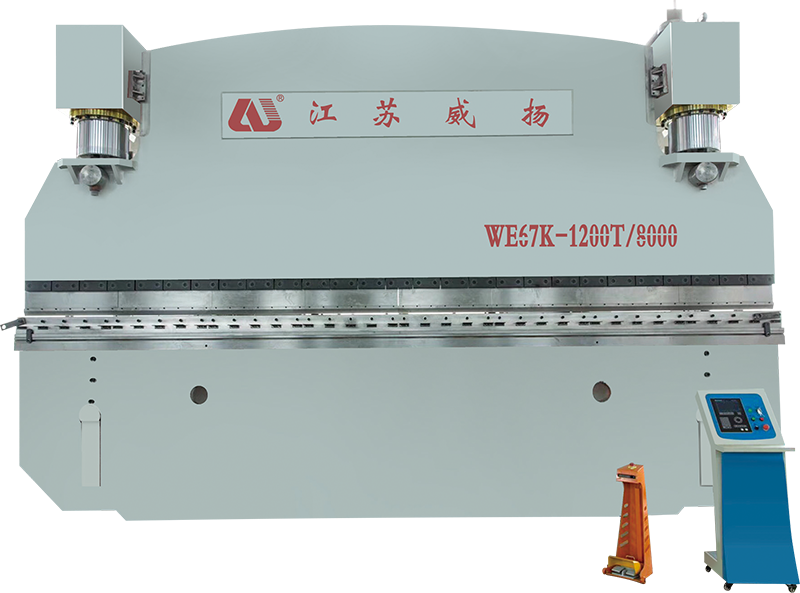What are the key advantages of using a fully automatic CNC bending machine over manual bending methods?
One of the most compelling benefits of a fully automatic CNC bending machine is its ability to deliver high precision and repeatable results. CNC (Computer Numerical Control) technology allows the machine to follow exact instructions for every bend, ensuring that each part meets the required specifications with little to no deviation. Manual bending, by contrast, is highly dependent on the operator’s skill and attention to detail, making it prone to human error.
Fully automatic CNC bending machines can significantly reduce both setup and cycle times compared to manual bending methods. Setup time is minimized because CNC machines can be quickly reprogrammed to accommodate different part sizes, material types, or bending angles. Once the machine is programmed, it can execute multiple identical bends in succession without needing manual adjustments. The ability to run continuous cycles without human intervention leads to higher production rates and more efficient use of labor, whereas manual bending requires frequent breaks, remeasuring, and adjustments between bends, which slows down production.
CNC bending machines can achieve greater throughput than manual methods due to their continuous, automated operation. Operators are typically only needed to load and unload materials or monitor the system, while the machine handles the bending process autonomously. In contrast, manual bending is slower and requires more operator time, particularly when working with larger production volumes. The automation of the CNC machine allows for faster turnaround times, especially in environments where large batches of parts need to be produced quickly and efficiently. This increased productivity can have a direct positive impact on overall operational costs, enabling companies to meet tight production deadlines while maintaining high-quality standards.
Fully automatic CNC bending machines are designed to perform complex bending operations that would be challenging or impossible to replicate manually. These machines can handle intricate multi-axis bending, incorporating factors such as material thickness, angle control, and multi-radius bends within a single cycle. With manual bending, achieving such precision on complex parts requires advanced skills, considerable time, and a high degree of expertise. Manual bending can be inconsistent when dealing with parts that require multiple bends or precise curvature adjustments. CNC machines, on the other hand, are programmed to handle multi-step processes with ease, offering greater design flexibility and capability for advanced geometries, such as box shapes, complex profiles, or tight-radius bends.
CNC bending machines shine when it comes to automating repetitive tasks. Once a bending program is created for a specific part, the machine can replicate the same bending process thousands of times without variation. This capability reduces the labor required for repetitive work, eliminating the need for skilled operators to manually reset or adjust settings between every cycle. In high-volume production environments, where thousands of identical parts are needed, this level of automation not only saves time but also guarantees consistency, reducing human error and ensuring parts are consistently made to the same specification.
Human error is a common risk in manual bending processes, particularly in high-pressure environments where operators may be working with complex or fast-moving operations. Mistakes such as incorrect angle settings, inconsistent bends, or failure to account for material variables can lead to scrap materials, rework costs, and delays in production. CNC machines, however, minimize human error by relying on pre-programmed instructions and automatic adjustments. The machine simply follows the instructions provided, ensuring that bends are executed precisely according to the plan. This level of automation is particularly valuable in industries where tight tolerances and high quality control are non-negotiable.


















